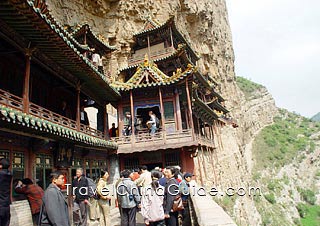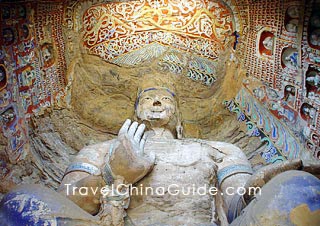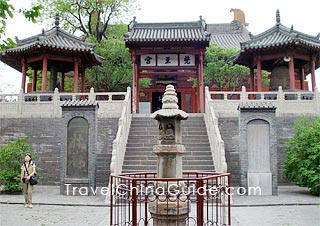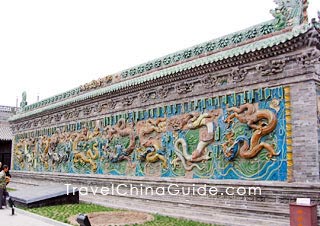Datong Attractions- Things to Do
As one of the twenty-four famous historical cities in China, Datong is known for its abundant historical relics and natural beauty. Unlike the pretty and elegant scene in cities south of China, sceneries here boast the air of majesty and grandeur. Datong was originally the capital of Northern Wei (386~534) and the 'support capital' of Liao (916~1125) and Jin (1115~1234). Northern Wei is a stage during which Buddhism developed quite rapidly in China. In the later Liao and Jin, the belief in Buddhism also increased to a high level. Therefore, as the country's political and economic center, many temples, pagodas and other buildings related to Buddhism were set up during these periods in Datong.
Top Things to Do in Datong
As the first on the must-go attractions of Datong, it is situated 16 kilometers (9.9 miles) to the west of the city center. According to the record, the construction of these grottoes lasted 50 years, and more than 40 thousand people took part in the project. There are now 53 grottoes with 51000 statues remaining. It is one of the largest grotto-groups in China.
The grand natural sceneries of the area can be found in Mt. Hengshan. It is located in the Hunyuan County about 60 kilometers (37.3 miles) to the south east of the urban area of Datong. As one of the Five Sacred Mountains in China, Mt. Hengshan is a great attraction to people all over China for its charming natural beauty as well as its intriguing manmade miracles.
The peculiar wood-structured Hanging Monastery on the cliff at the foot of Mt. Hengshan gives a breath-taking view of Chinese architecture.
Because of the numerous pagodas in Datong, the city has been known as the 'City of Pagodas'. Though there are only six left today, each of them is elaborate, especially the Wooden Pagoda in Ying County. This attraction is over 900 years old and is attractive for its exquisite design and delicate appearance.
|
|
More Attractions
The Huayan Monastery in Daxi Street of Datong City established in Liao is typical. The statues, frescos and some of the buildings in Huayan Temple betray the typical artistic and architecture style of the Liao Dynasty.
Inside the south gate of the city, Shanhua Temple is a majestic well-preserved building group of Liao and Jin which is famous for the well-spaced layout as well as the vivid statues of Buddhas and Buddhism frescos.
The Nine-Dragon Screen in the East Street of the city is also worth a visit. This attraction is the largest and earliest one of the three famous Nine-Dragon Screens in China (Note: the other two are respectively in Forbidden City and Beihai Park.
It is within the Hengshan Mountain range is one of the three important passes through the inner line of the Great Wall in Shanxi section.
Great Wall in the city is mostly composed of ruined parts built of rammed earth rather than brick. Nowadays, people can see the majority of the remains of the Ming Dynasty.
|
|
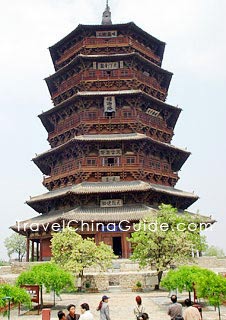 |
| Wooden Pagoda in Yingxian County |
Recommended Routes:
![]() 1-Day Tour:
1-Day Tour:
Route 1: Shanhua Temple→Huayan Monastery→ Nine-Dragon Screen→ Yungang Grottoes
The first three points of interest are all in the downtown area - you could get around it within half a day and then take the city-bus heading for Yungang Grottoes.
Route 2: Hanging Temple→ Mt. Hengshan→ Yungang Grottoes
![]() 2-Day Tour:
2-Day Tour:
Day 1: Shanhua Temple→ Huayan Monastery→ Nine-Dragon Screen→ Yungang Grottoes
Day 2: Wooden Pagoda→Hanging Monastery
![]() Tips:
Tips:
1. The city-bus No.3-2 can take you to Yungang Grottoes.
2. Buses from Xinnan Passenger Transport Station can take you to the Wooden Pagoda.
